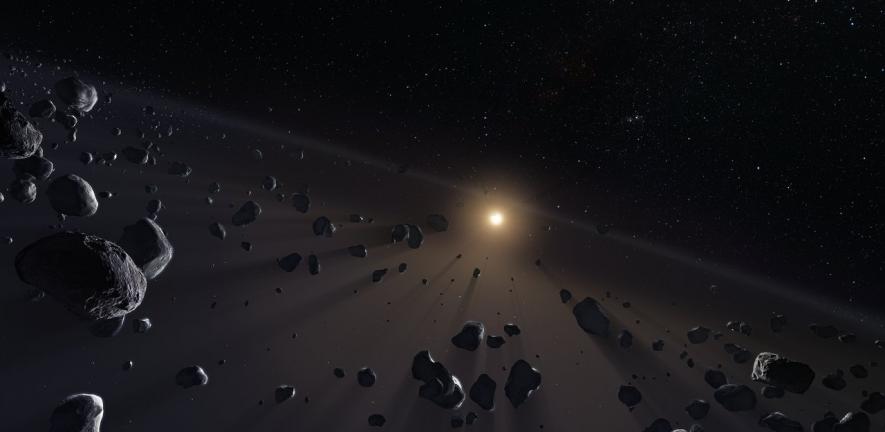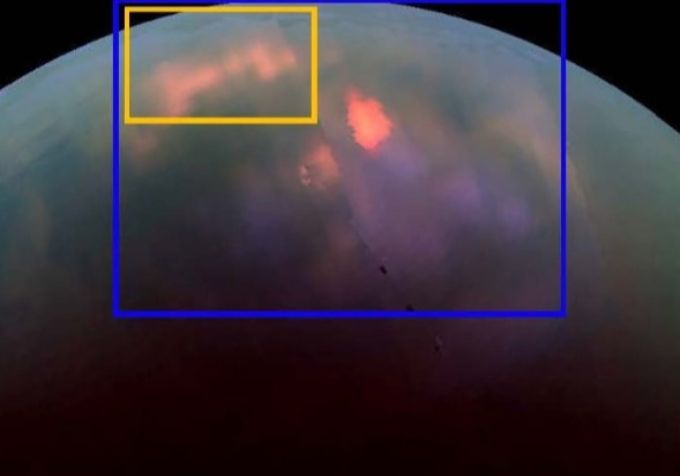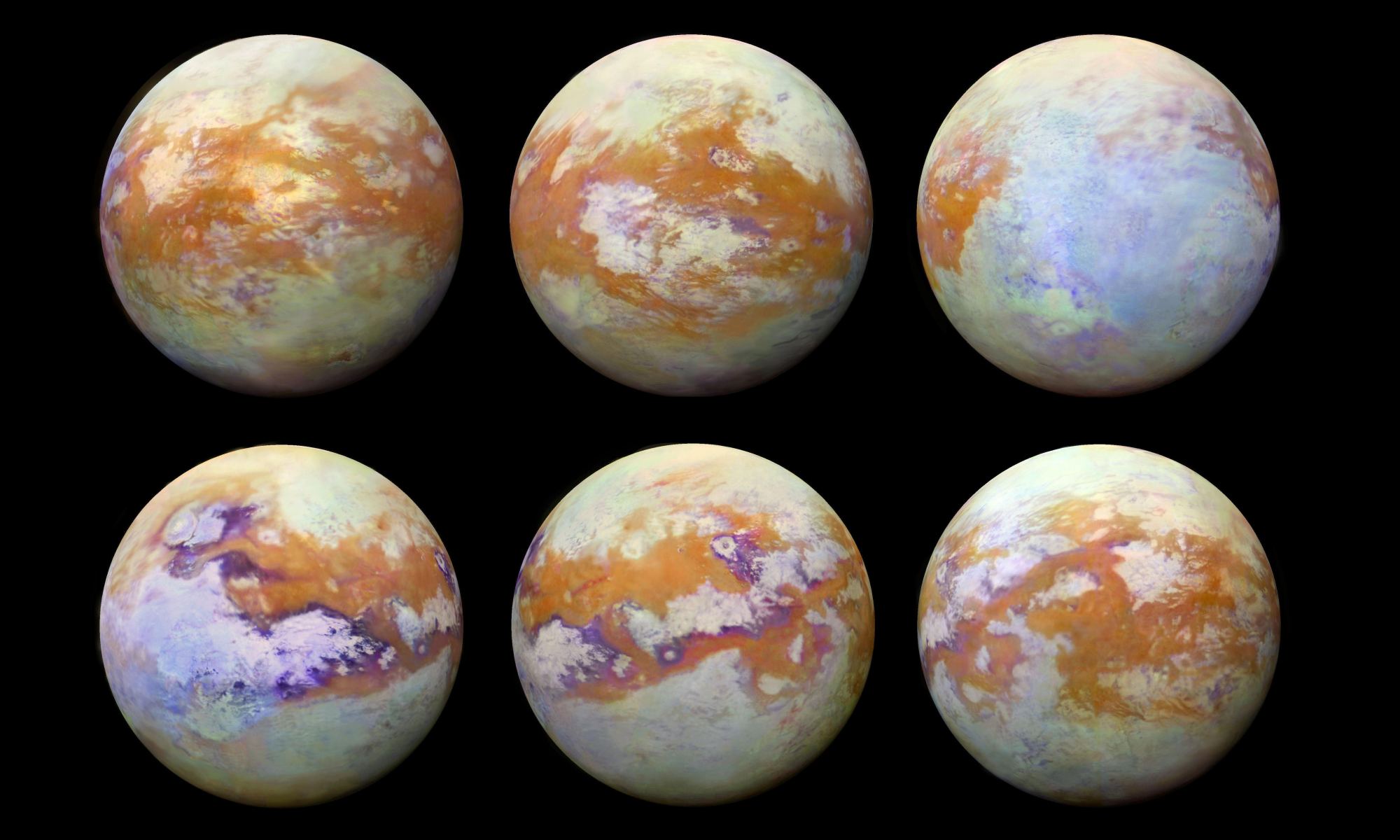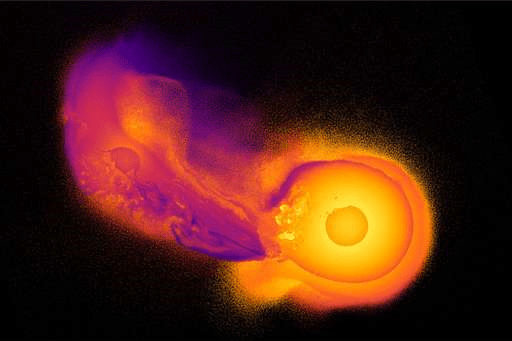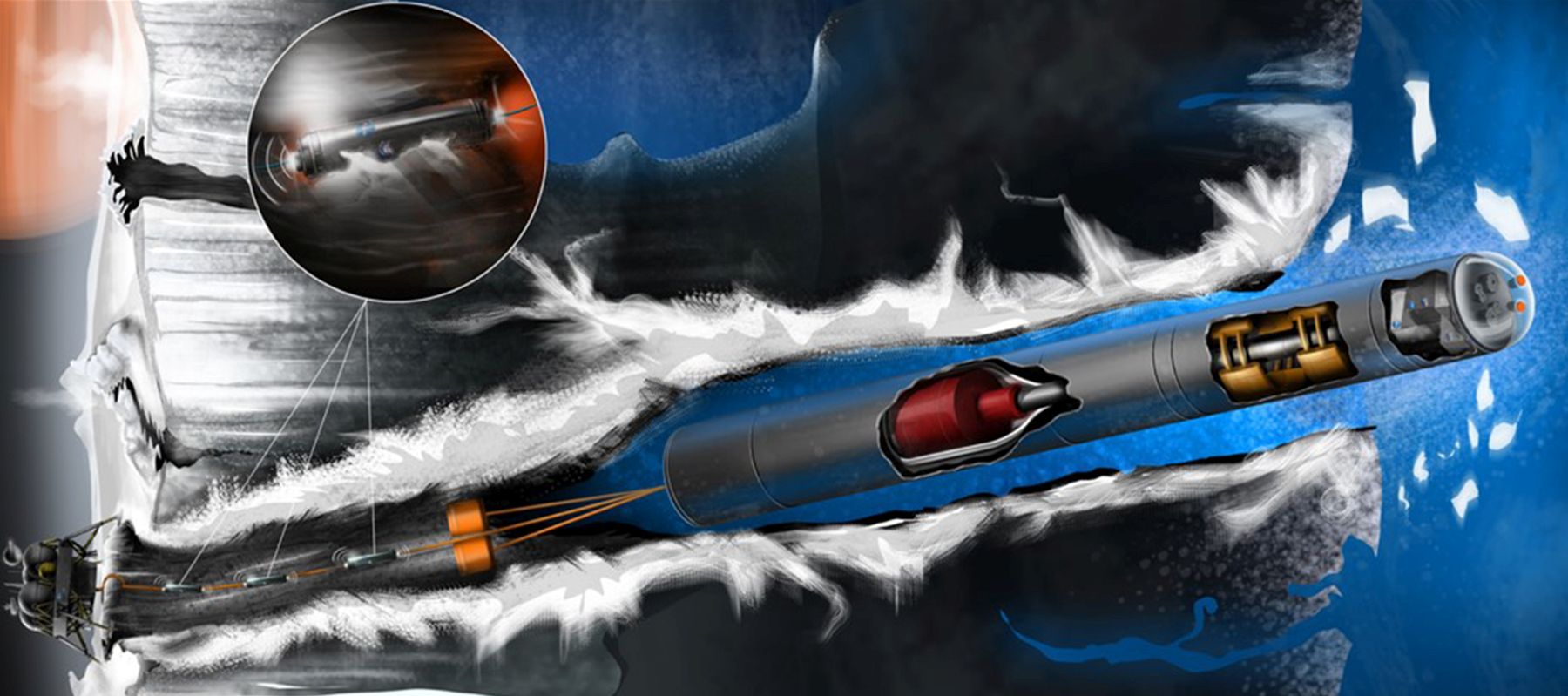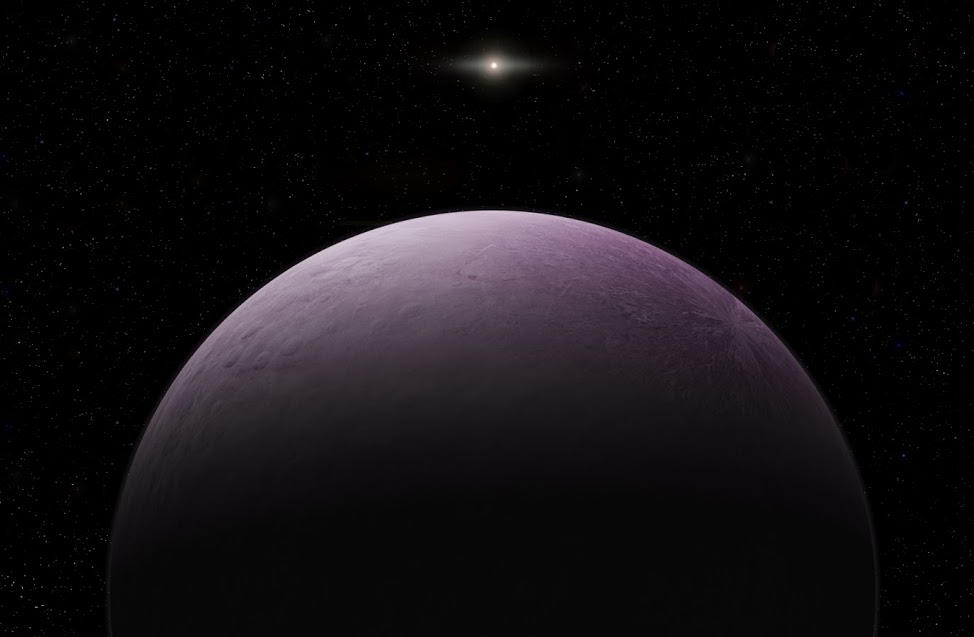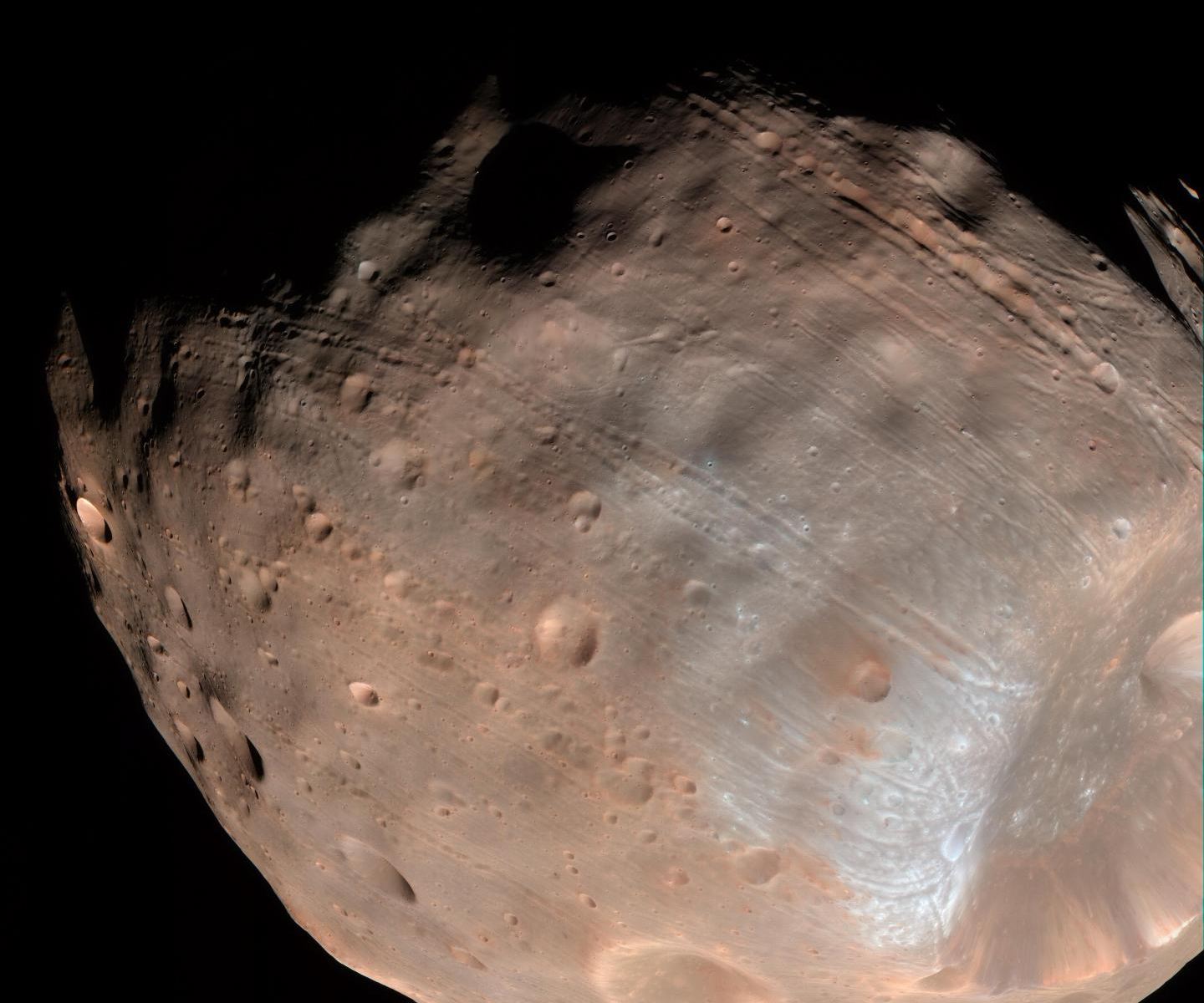Is there or isn’t there a Planet 9? Is there a planet way out on the outskirts of our Solar System, with sufficient mass to explain the movements of distant objects? Or is a disc of icy material responsible? There’s no direct evidence yet of an actual Planet 9, but something with sufficient mass is affecting the orbits of distant Solar System objects.
A new study suggests that a disc of icy material causes the strange movements of outer Solar System objects, and that we don’t need to invent another planet to explain those movements. The study comes from
Professor Jihad Touma, from the American University of Beirut, and
Antranik Sefilian, a PhD student in Cambridge’s Department of Applied Mathematics and Theoretical Physics. Their results are published in the Astronomical Journal.

